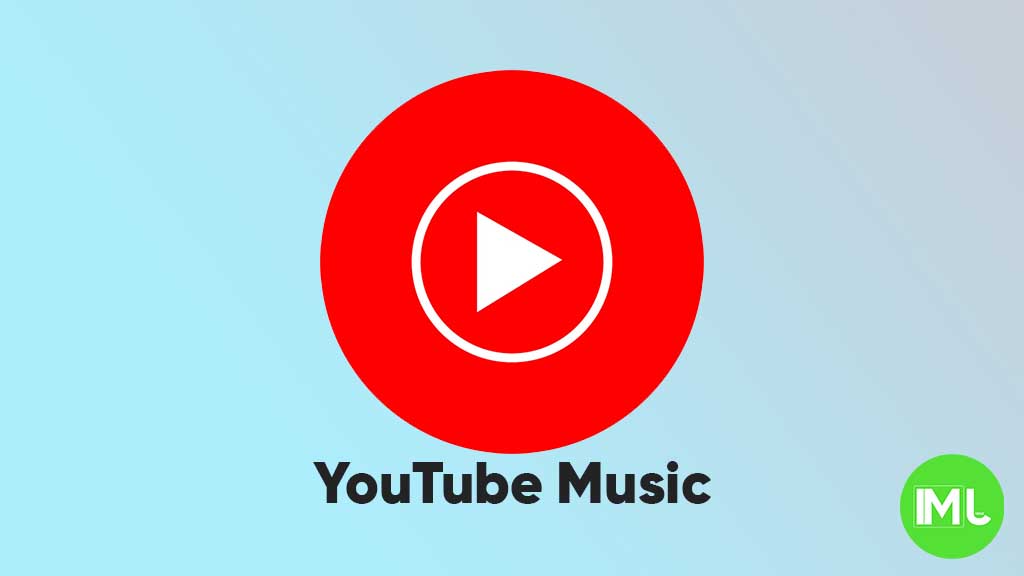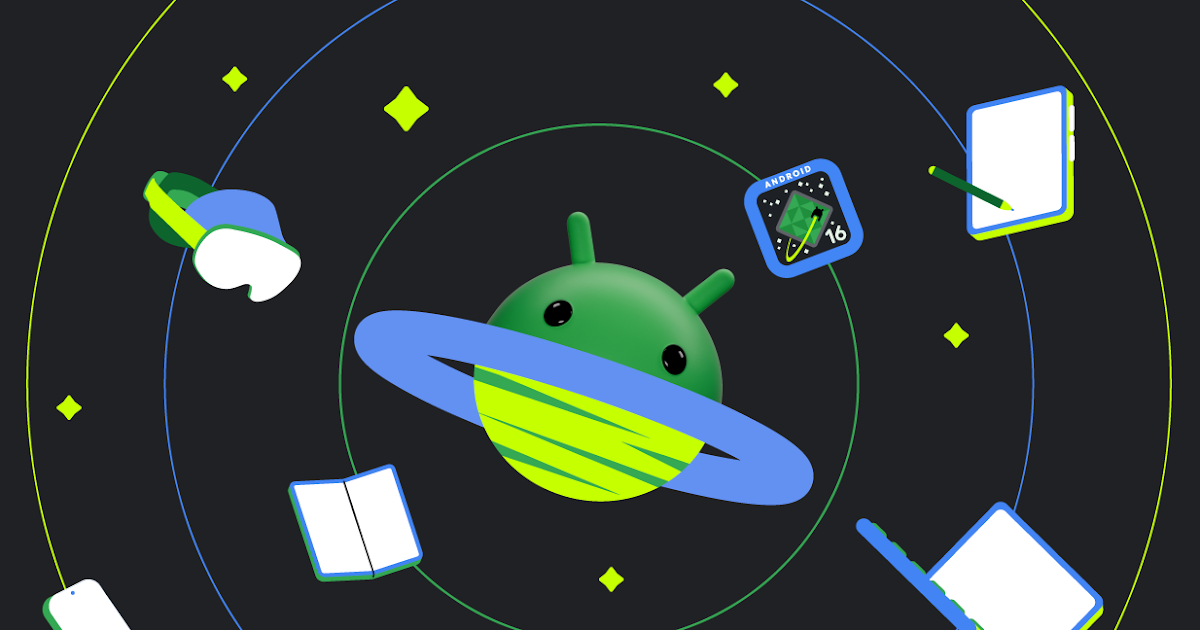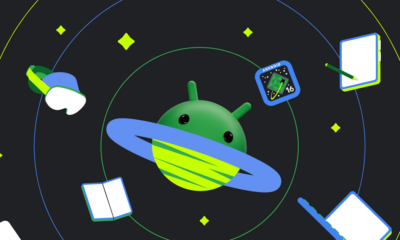Unlocking Victory: Google’s Circle to Search poised to revolutionize gaming assistance

In the ever-evolving landscape of mobile technology, Google has consistently pushed the boundaries of innovation, introducing features that seamlessly integrate into our daily lives. Among these ingenious creations, Circle to Search stands out as a testament to Google’s commitment to simplifying information access.
This intuitive feature, already a valuable asset for Android users, is on the verge of a significant upgrade, promising to transform the way we approach gaming challenges. The anticipated addition, aptly named “Get Game Help,” has the potential to redefine the gaming experience, offering instant assistance at our fingertips.
Imagine being immersed in a captivating game, only to be confronted by a seemingly insurmountable obstacle. In the past, this scenario might have led to frustration, hours spent scouring the internet for solutions, or even abandoning the game altogether. However, with the forthcoming “Get Game Help” feature within Circle to Search, such frustrations could become a thing of the past.
The core concept behind “Get Game Help” is elegantly simple yet remarkably effective. By leveraging the existing functionality of Circle to Search, the feature intelligently captures a screenshot of the user’s current game screen. This visual snapshot, combined with a pre-populated search query, initiates a targeted Google Search designed to provide relevant assistance. The search query itself is intelligently crafted, using text like “Get help with this game,” ensuring that the results are tailored to the specific context of the user’s predicament.
This seamless integration of visual capture and targeted search represents a significant leap forward in gaming assistance. Instead of manually typing lengthy descriptions of their problem, players can simply activate Circle to Search and tap the “Get Game Help” prompt. This streamlined process not only saves valuable time but also minimizes the risk of miscommunication or ambiguity in the search query.
The implications of this feature are far-reaching. For casual gamers, “Get Game Help” offers a convenient way to overcome minor hurdles without breaking the flow of gameplay. For more dedicated players, it provides a valuable resource for tackling complex puzzles or challenging boss battles. The potential benefits extend beyond individual players as well. Online gaming communities could leverage this feature to create collaborative guides and walkthroughs, fostering a more supportive and engaging gaming environment.
However, as with any innovative technology, there are certain considerations to address. One potential challenge lies in the accuracy and relevance of the search results. While Google Search is renowned for its comprehensive index of information, the effectiveness of “Get Game Help” will depend on its ability to accurately interpret the context of the game screenshot. If the search results fail to pinpoint the specific problem the user is facing, they may still need to refine their search manually.
Another aspect to consider is the feature’s current behavior across different apps. Early testing suggests that the “Get Game Help” prompt appears regardless of whether the user is actively engaged in a game. This behavior may be refined before the feature’s official release, ensuring that it is only triggered within the context of gaming applications.
Despite these minor caveats, the potential of “Get Game Help” is undeniable. It represents a significant step towards creating a more seamless and intuitive gaming experience. By combining the power of visual capture with the vast knowledge base of Google Search, this feature has the potential to empower players of all skill levels, transforming the way we approach challenges and ultimately enhancing our enjoyment of the games we love.
The future of gaming assistance is here, and it’s just a circle away. As Google continues to refine and develop this groundbreaking feature, we can anticipate a future where overcoming gaming obstacles is no longer a source of frustration, but rather an opportunity for exploration and discovery.
YouTube Music adds new feature to keep song volume steady

YouTube Music is rolling out a new feature called “Stable volume” to make your listening experience better. This option helps keep the sound level the same across all songs, so you won’t have to turn the volume up or down when switching tracks.
Sometimes, songs are louder or softer depending on how they were made. This new feature fixes that by adjusting each track so that all music plays at a similar volume. It’s especially useful when you’re using headphones or listening in the car.
You can find this option in the YouTube Music app by going to Settings > Playback & restrictions, where you’ll see a switch for “Stable volume.” It works for both free and Premium users, and it’s now appearing on Android devices (version 7.07 or later). iOS support may come soon, but it’s not available yet.
This is a welcome update, as many streaming apps like Spotify and Apple Music already have similar volume balancing tools. It helps make playlists and albums sound smoother and more enjoyable without constant volume changes.
So far, the feature is being released in stages, so you might not see it right away, but it should show up soon for everyone.
Android
Android 16 beta adds battery health info, Pixel Fold gets better at detecting opens and closes

Google has released the Android 16 Beta 1 update for Pixel phones, and it brings some helpful new features. One of the key additions is battery health information, which is now available in the settings. Pixel users can now see the battery’s manufacturing date, charge cycles, and overall health score. This can help people understand how well their battery is holding up over time. While this feature is currently hidden under developer options, it might be fully added in a future update.
At the same time, Google is also working to improve the Pixel Fold. With Android 16 Beta 1, there’s a new system that better detects when the phone is opened or closed. This new method uses the hinge angle to more accurately understand the device’s position. Unlike older systems that could be affected by software bugs or slow response times, this new one seems to be more reliable and faster.
These changes are important for people who use foldable phones like the Pixel Fold, as better hinge detection can lead to smoother app transitions and fewer bugs. And for all Pixel users, having detailed battery info can help with managing phone performance and deciding when it’s time for a battery replacement.
Overall, Android 16 Beta 1 focuses on giving users more control and smoother experiences, especially for those with foldables.
Android
Android 16 could bring colorful always-on display to Pixel phones

Google is working on Android 16, and it looks like the update could bring more color to the always-on display (AOD) feature on Pixel phones. Right now, the AOD mostly shows white text on a black screen. But a new setting found in the Android 16 Developer Preview hints at the ability to add colors to this display.
The new feature is called “AOD Preview,” and it includes a switch labeled “Color AOD.” While this setting doesn’t work yet, it suggests that Google might be planning to show colorful content even when the screen is in low-power mode.
This change could make AOD look more lively, maybe by adding color to the clock, notifications, or wallpaper. So far, it’s not clear exactly what will change or how customizable it will be, but the feature seems to be in early testing.
Samsung already has more colorful AOD options on its Galaxy devices, so this update could help Pixel phones catch up. Google often introduces new features first on Pixel devices before making them available to other Android phones.
Android 16 is still being developed, and many features are not ready yet. But if Color AOD becomes part of the final release, Pixel users could get a more vibrant and useful always-on display in the near future.
-

 Apps1 year ago
Apps1 year agoGboard Proofread feature will support selected text
-

 News1 year ago
News1 year agoSamsung USA crafting One UI 6.1.1
-

 News1 year ago
News1 year agoBreaking: Samsung Galaxy S22 may get Galaxy AI features
-

 News1 year ago
News1 year agoSamsung Galaxy S23 Ultra with One UI 6.1 and all S24 AI features revealed
-

 News1 year ago
News1 year agoOne UI 6.1 Auracast (Bluetooth LE Audio) feature coming to many Samsung phones
-

 News1 year ago
News1 year agoSatellite SOS feature coming to Google Pixel phones, evidence leaked
-

 Apps11 months ago
Apps11 months agoGoogle’s fancy new Weather app is finally available for more Android phones
-

 News1 year ago
News1 year agoGoogle Pixel evolves as Europe’s third best selling flagship






